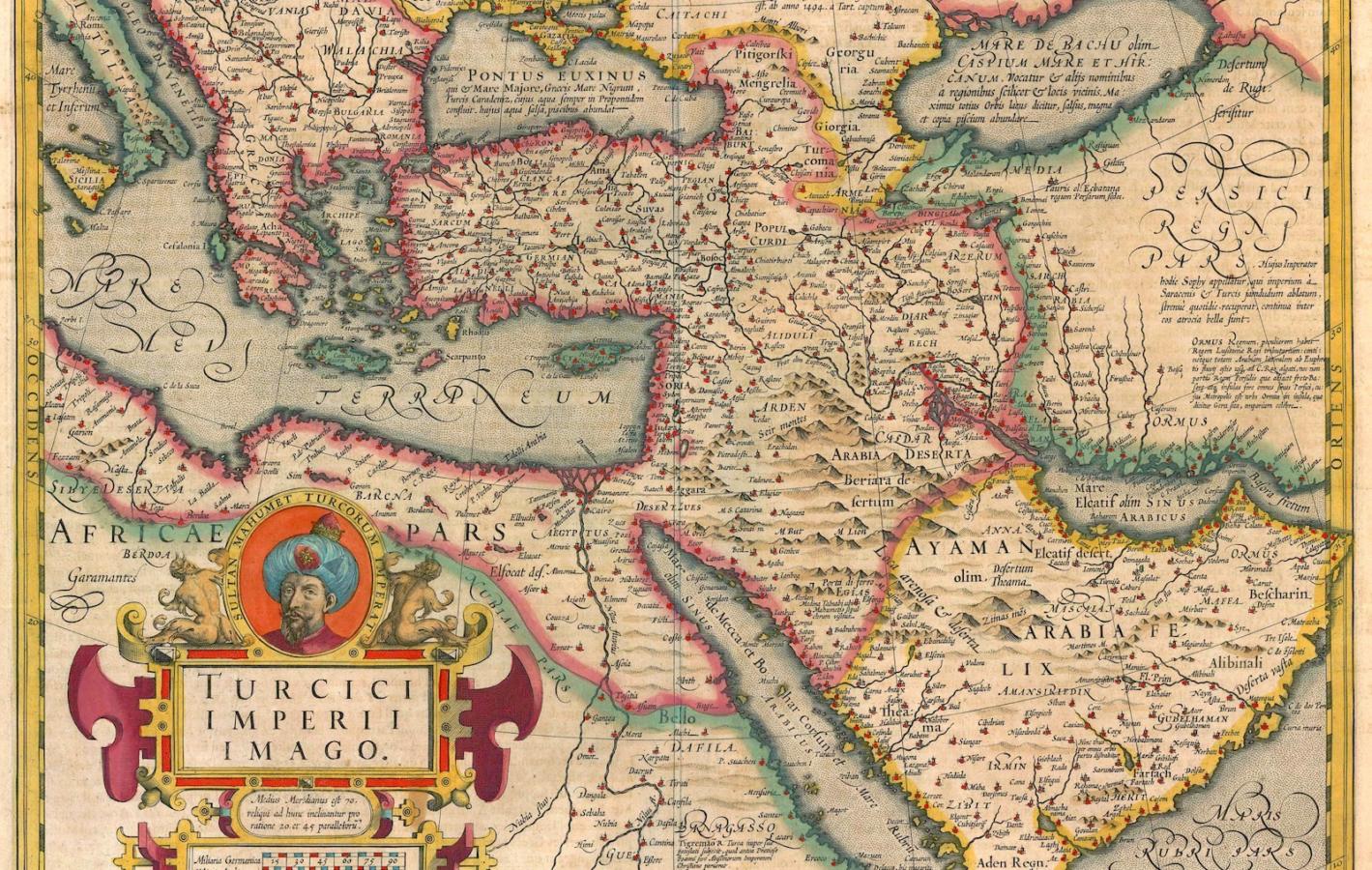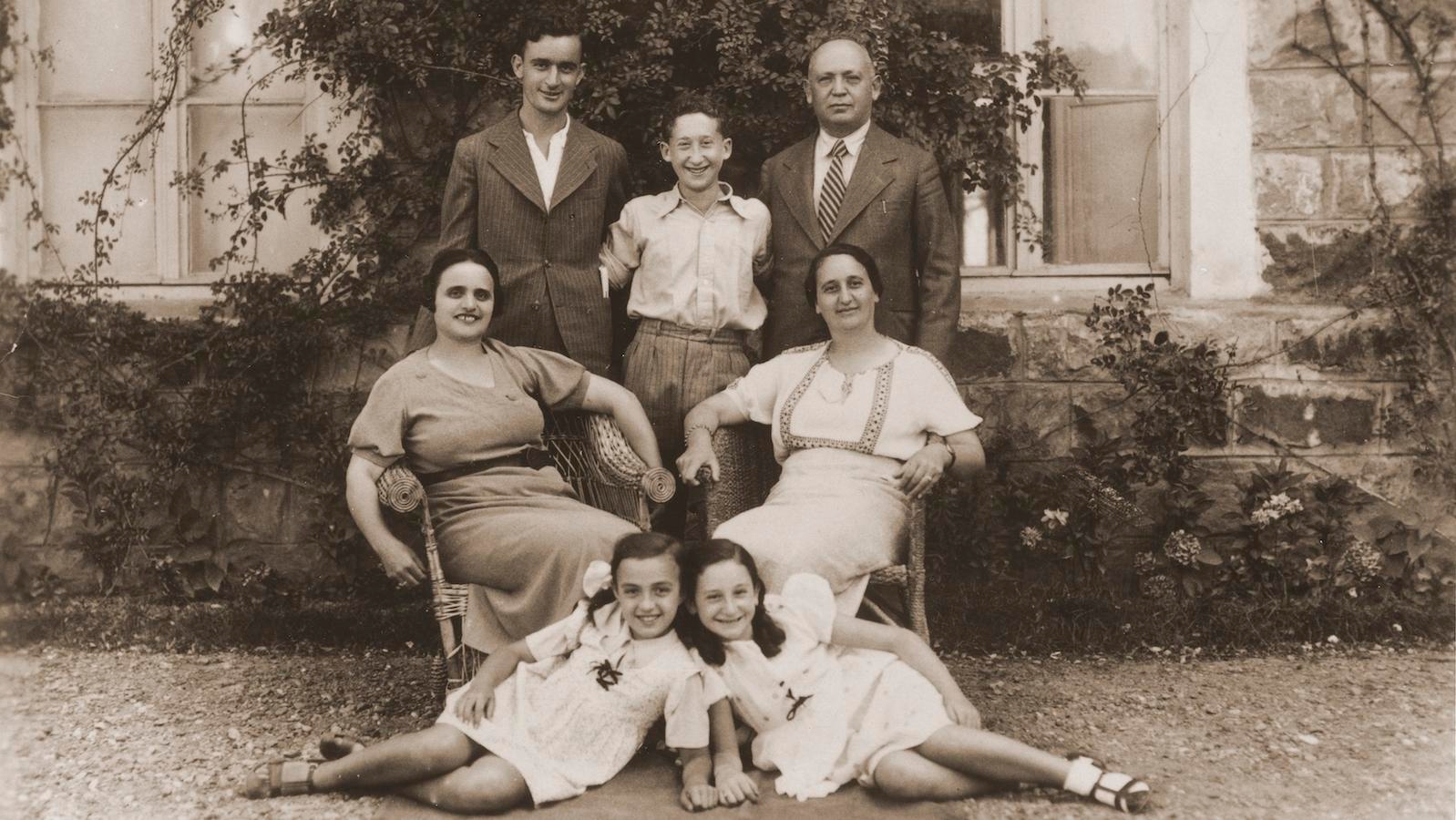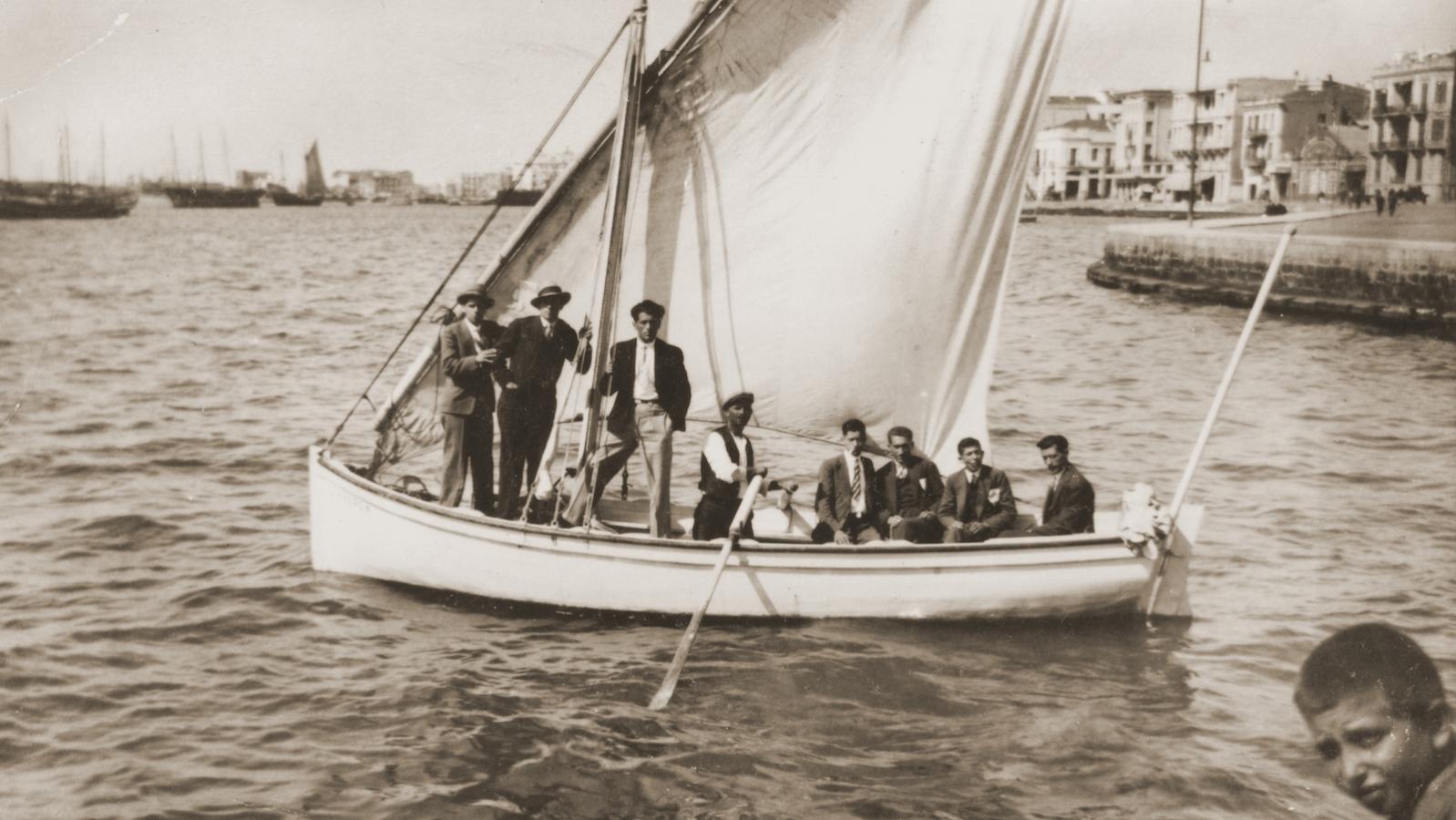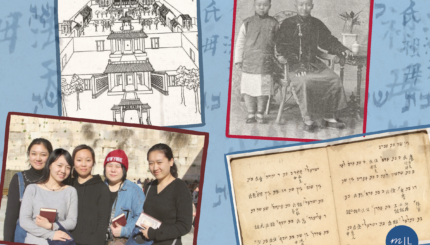I grew up in a proudly Sephardic house in which my grandfather would tell stories of the “Spanish” he spoke upon his arrival to the United States in the early 1900s. This was no ordinary Spanish. Born in Monastir (now known as Bitola, Macedonia), my grandfather, like most Jews in the Ottoman Empire whose ancestors came from Spain, grew up speaking Ladino.
Here are some important things to know about this beautiful language that is not well known outside the Sephardic community. Find out how to learn Ladino here.
1- Ladino was once the primary language spoken by Sephardic Jews throughout the Mediterranean.

From the Spanish Inquisition until World War II, Ladino was the primary language spoken by thousands and thousands of Jews throughout the Mediterranean. Ladino no longer is spoken anywhere as a first language, and estimates put speakers with Ladino familiarity at just 200,0000 worldwide.

Help us keep Jewish knowledge accessible to millions of people around the world.
Your donation to My Jewish Learning fuels endless journeys of Jewish discovery. With your help, My Jewish Learning can continue to provide nonstop opportunities for learning, connection and growth.
2-While primarily based on Spanish, Ladino has vocabulary from several other languages.
Ladino, also known as Judeo-Spanish and Judezmo, is essentially 15th-century Spanish, but it also has words mixed in from Portuguese, French, Italian, Arabic, Greek, Turkish and Hebrew.
3. Ladino was an oral tradition for centuries.

It was first written in Rashi (or solitreo) script, then with Hebrew letters, and now primarily with Latin script.
4. Ladino is a rich source of Jewish poetry, proverbs, folktales and more.
One collection of folktales we recommend is Folktales of Joha, Jewish Trickster collected by Matilda Koen-Sarano. The nearly 300 stories in this volume were told to Koen-Sarano in their original language of Ladino, and documented over 21 years.
5. Just because you speak Spanish, don’t expect it to be effortless to learn Ladino.
Because Ladino is based in 15th-century medieval Spanish, some vocabulary might seem antiquated and the syntax odd. Certain consonants get flipped (d’s and r’s occasionally), and pronunciations can be strange (an “h” or “j”, which would be silent in modern Spanish, are pronounced in Ladino, for one example).
6. You can watch cartoons in Ladino.
Ora de Despertar (Time to Wake Up!)- is an animated musical cartoon collection developed by me, Sarah Aroeste, with easy-to-learn words teaching the elementals of Ladino. It is intended for young children, but is a good way for adult Ladino learners to connect easy vocabulary and concepts with dynamic visuals.
7. You can listen to Ladino music on Spotify, iTunes and other major music outlets.
Plus, there are several online radio stations where you can enjoy Ladino music and stories, including:
- 91FM Radio Lev Hamedina: Hosts a Ladino music and story program for Hebrew speakers.
- Radio Nacional de Espana (Spanish Public Radio): Has a Ladino broadcast, Emisión en sefardí.
- Israel Broadcast Authority: Has a daily Ladino newscast, Kan Ladino.
8. There are dozens of excellent documentary films about Ladino.
Here are a few we recommend:
- Las Ultimas Palavras (The Last Words) (2015): Filmmaker Rita Ender embarks on a journey in search of Judeo-Spanish in Turkey. The disappearance of the language becomes a symbol for the growing sense of uprooting among the younger generation.
- Saved by Language (2015): The story of how Moris Albahari, a Sephardic Jew from Sarajevo (born 1930), who spoke Ladino/Judeo-Spanish, his mother tongue, survived the Holocaust. Moris used Ladino to communicate with an Italian Colonel who helped him escape to a partisan refuge after he ran away from the train taking Yugoslavian Jews to Nazi death camps.
- El Ultimo Sefardi (The Last Sephardic Jew) (2003): This film follows Eliezer Papo — a lawyer, novelist and itinerant rabbi — on a tour of post-Inquisition diaspora communities. Papo is called the last Sephardic Jew because he can trace his lineage back to Spain, and because he grew up speaking Ladino — which, according to the filmmakers, is the true definition of “Sephardic.”
- The Ladino Ladies’ Club (2015): Nine charming Sephardic women in Bulgaria share memories about their lives and Sephardic traditions in Ladino.
9. Tom Hanks appears in a movie featuring Ladino dialogue.

In Every Time We Say Goodbye (1986), Hanks plays a gentile American soldier who is recuperating in Jerusalem after his bomber gets shot down during World War II. There he falls in love with a Sephardic girl and must navigate the cultural (and linguistic) differences with her Ladino-speaking family.



